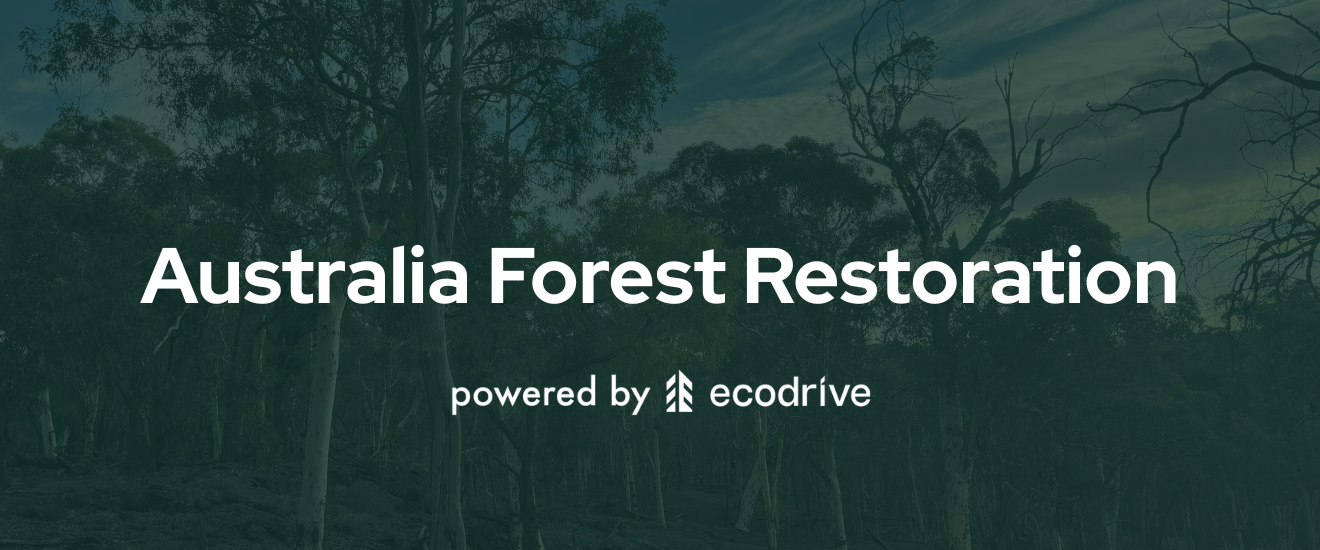What High-Growth Brands Get Right About Purpose (That Most Startups Miss)
Lessons in brand, growth, and authenticity from businesses doing it right
For startups, purpose is often an afterthought—something you write down in your brand values or include on your About page.
But for high-growth brands, purpose is a business driver. It shapes everything from product development to marketing to hiring. And it shows in the results.
This post breaks down what successful, fast-scaling companies get right about purpose—and what most startups overlook.
Whether you’re a DTC founder, agency owner, or retail entrepreneur, there are lessons here you can start applying today.
1. They Bake Purpose Into the Business Model, Not the Marketing
Many startups treat purpose like a PR tool: a campaign here, a pledge there. But high-growth brands know that purpose needs to live inside the business model itself.
Examples:
- Allbirds builds carbon labeling into every product and reinvests in regenerative agriculture.
- Patagonia donates 1% of revenue annually through its business structure, not just one-off campaigns.
- Seatopia, a sustainable seafood brand, includes kelp planting with every subscription delivery—not as a seasonal promo, but as part of their product value.
🧠 Takeaway: Your impact shouldn’t feel like an add-on. It should be a core reason why customers buy from you.
2. They Align Purpose With Product
Customers shouldn’t have to connect the dots. Great brands make it obvious how their product and their mission align.
Examples:
- Rothy’s makes fashion from plastic waste—so every shoe tells a recycling story.
- Lomi helps people turn food waste into compost, solving a clear sustainability problem with a tangible solution.
- Proud Source Water packages spring water in aluminum, a far more recyclable material than plastic, and adds tree planting incentives for reviews.
🧠 Takeaway: The more your product and purpose reinforce each other, the stronger your brand narrative becomes.
3. They Turn Impact Into a Growth Lever
High-growth brands don’t just do good—they use that good to fuel real business results.
Tactics that work:
- Turning impact into a differentiator on product pages
- Using verified results in ad creative
- Adding “impact per order” callouts in checkout flows
- Offering community-based incentives (“Leave a review, plant a tree”)
Example: Brands using Ecodrive’s per-order model have seen measurable lifts in AOV, return rates, and email engagement—all by tying environmental action directly to conversion events.
🧠 Takeaway: Your impact story should be driving conversions, not just clicks.
4. They’re Specific, Transparent, and Verified
Today’s shoppers are skeptical. Generic sustainability claims like “eco-friendly” or “we care about the planet” fall flat. The best brands use:
- Hard numbers (“2,500 trees planted in Oregon”)
- Real-time data
- Third-party verification
Examples:
- Blueland shows exactly how many single-use bottles each customer avoids
- Ecodrive clients get visual dashboards and GPS-verified project updates to share with customers
- Tentree tracks the exact planting location and lets customers trace their trees
🧠 Takeaway: Specifics build trust. Verification keeps you accountable. Don’t just say you’re sustainable—prove it.
5. They Tell Better Stories
High-growth brands know that facts inform, but stories convert. They don’t just say “We planted trees.” They tell the story of:
- The local reforestation crew in Oregon
- The farmer using kelp to rebuild marine habitat
- The community gaining access to clean water for the first time
Example: A beverage brand can simply say “We’re carbon neutral.” But it’s far more powerful to share a video of the exact forest they helped restore.
🧠 Takeaway: If your impact can’t be told as a human story, it won’t land.
6. They Involve Customers in the Mission
The best brands don’t just broadcast their purpose. They build movements. They make customers feel like they are doing the good through their purchase.
Examples:
- TOMS pioneered “buy one, give one,” which made each customer feel like a donor
- Everytable offers sliding-scale pricing based on income, turning customers into equity partners in the food system
- Ocean-based brands using Ecodrive often show exactly what pound of plastic was removed per order, prompting customers to share and advocate
🧠 Takeaway: Customers want to participate. Make your impact interactive, personal, and shareable.
7. They Don’t Wait to Be Perfect
Perfection is the enemy of progress. High-growth brands start with what they can do now—and improve over time. They’re transparent about where they’re falling short and invite customers along for the journey.
Examples:
- Everlane publishes their factories, even when they're not fully sustainable
- Package Free Shop openly discusses the limitations of compostable mailers
- Brands on Ecodrive regularly update customers on reforestation progress—even when there are challenges on the ground
🧠 Takeaway: You don’t need to be 100% green to start. You just need to be honest, active, and improving.
Final Thoughts
Most startups talk about values. High-growth brands turn values into action, and action into growth.
If you’re building a brand in 2025, now’s the time to:
- Align your mission with your business model
- Embed purpose into your product
- Use verified, transparent impact as a conversion tool
- Tell better stories that bring customers along for the ride
You don’t have to build all the systems yourself. Platforms like Ecodrive help brands plug into verified impact with every order—while giving you the content, tools, and data to turn that impact into a growth strategy.



.png)








